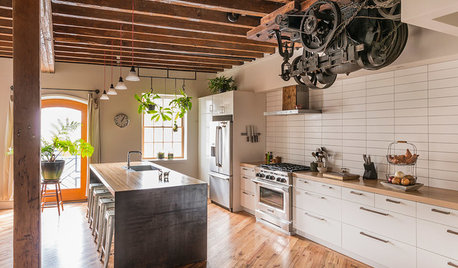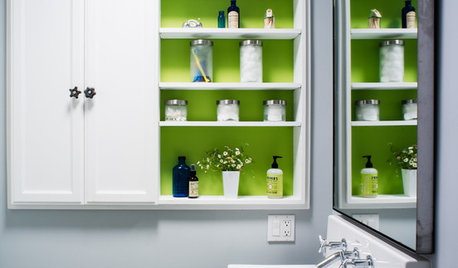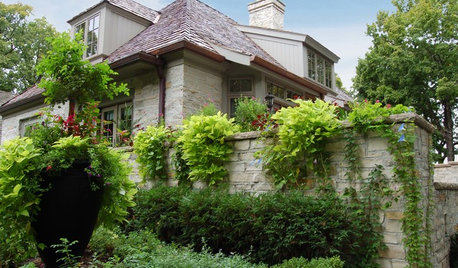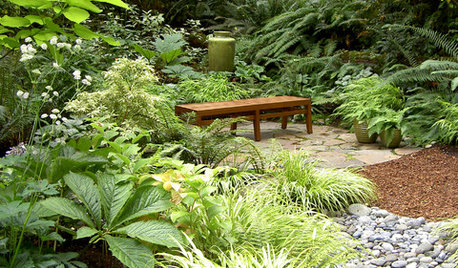Pickling Lime Questions
simplicitygardens
14 years ago
Related Stories

GREEN BUILDINGHouzz Tour: Pickle Factory Now an Energy-Wise Live-Work Space
A charming but poorly insulated 1880s Philadelphia commercial building becomes a spacious energy-efficient home and studio
Full Story
KITCHEN DESIGN9 Questions to Ask When Planning a Kitchen Pantry
Avoid blunders and get the storage space and layout you need by asking these questions before you begin
Full Story

TURQUOISESummer Color Combo: Turquoise and Lime
These Two Eye-Popping Hues Will Cool You Off on Hot Days
Full Story
COLORColor of the Week: 10 Tangy Ways with Citrus Green
Add some zest to your home with a little — or a lot of — lively lime
Full Story
BATHROOM DESIGNRoom of the Day: Kids and Adults Share a Bright 40-Square-Foot Bathroom
Splashes of lime green add a playful touch to this efficient and economical second bath
Full Story
HOUZZ TOURSHouzz Tour: Dancing to the 1970s in an Updated Vancouver Home
The open floor plan and updated appliances have modern moves, but the lime green and wood paneling still do the hustle
Full Story
FOLIAGEGreat Design Plant: Ornamental Sweet Potato Vine
Versatile, fast growing, inexpensive and easy on the eyes, ornamental sweet potato vine has it all
Full Story
TREES11 Japanese Maples for Breathtaking Color and Form
With such a wide range to choose from, there’s a beautiful Japanese maple to suit almost any setting
Full Story
GARDENING GUIDESGreat Garden Combo: 6 Beautiful Plants for a Shady, Wet Site
Transform a shade garden with moisture-loving golden grasses, textural leaves and a sprinkling of flowers
Full Story





ksrogers
digdirt2
Related Professionals
Salisbury Landscape Architects & Landscape Designers · Severn Landscape Architects & Landscape Designers · Gainesville Landscape Contractors · Concord Landscape Contractors · Edinburg Landscape Contractors · Edwardsville Landscape Contractors · Fort Payne Landscape Contractors · Soddy Daisy Landscape Contractors · The Woodlands Landscape Contractors · West Orange Landscape Contractors · Whitehall Landscape Contractors · Winchester Landscape Contractors · Lancaster Roofing & Gutters · Ponte Vedra Beach Roofing & Gutters · Escondido Driveway Installation & MaintenanceLinda_Lou
readinglady
malna
simplicitygardensOriginal Author
brendan_of_bonsai
ksrogers
brendan_of_bonsai
simplicitygardensOriginal Author
ksrogers
armendavtian